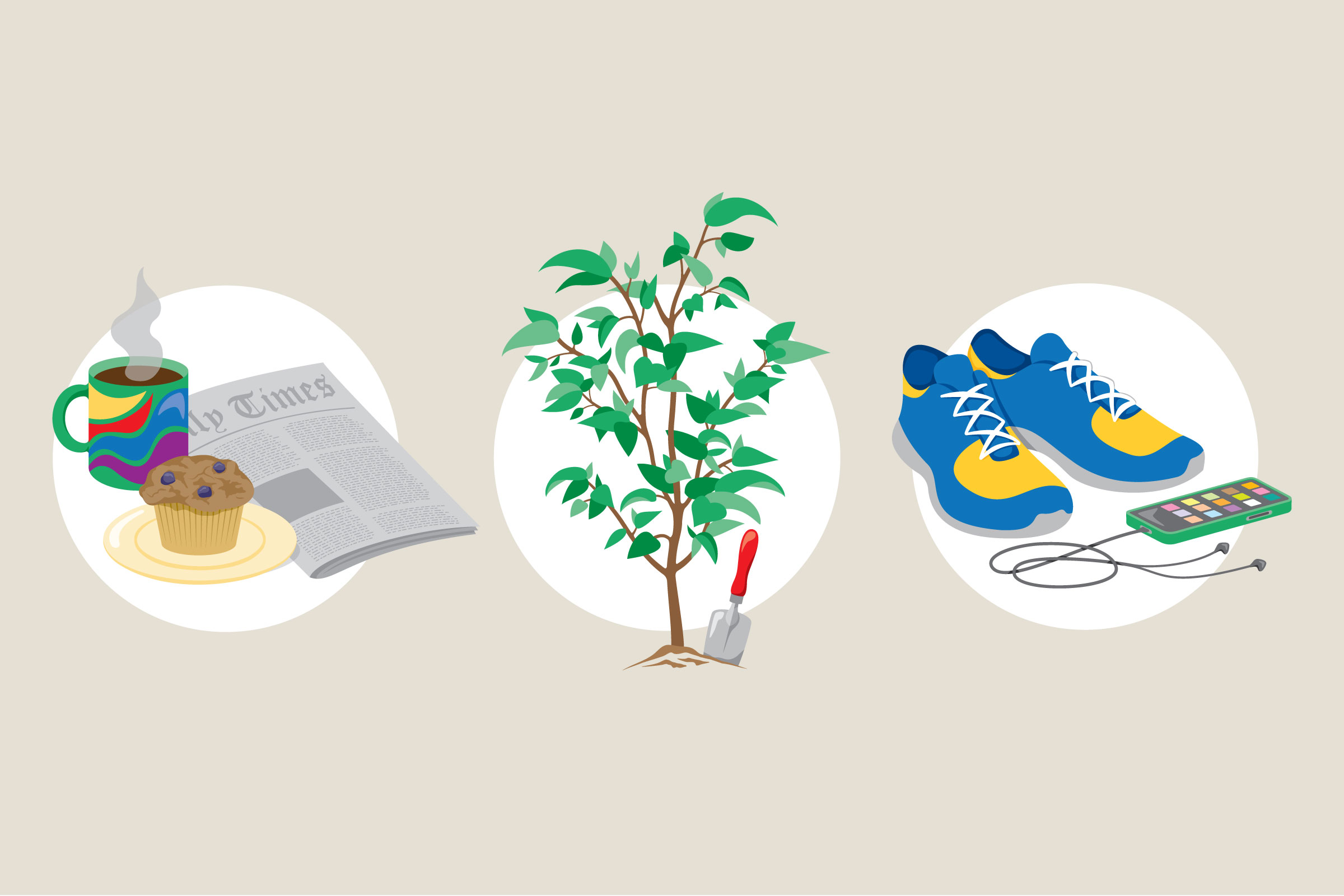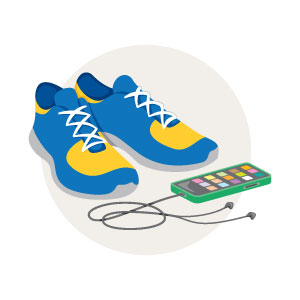YESTERDAY
marked the 68th year of the day I was Birthed
and it brought lots of
surprises
joys
gatherings
well-wishes
laughter
L O V E
and oh yes, some reflections as the day began to fade away and I re-did this blogpost 
T H I S
from a Parker Palmer’s reflection:Today my theme is gratitude—gratitude that I’m here to mark my 68th birthday and for the multitude of “dear men and women” who’ve helped give me life. I’ll spend the day celebrating all of them, those long gone and those still blessedly with us.They say it takes a village, but I needed a city! The list includes my parents, grandparents, and immediate family, a long line of teachers and mentors, colleagues and co-creators, friends of many ages, students and readers who’ve engaged with me, strangers passing thru, healers of body and soul who brought me back to health, folks who see things differently but give me space to learn, people who’ve forgiven me, and everyone who’s joined me in the saving grace of laughter. Tears too, but laughter rules, especially laughing at my own foibles!
Some of the most important people in my life are no longer with us. But as the poet says, losing them has helped me understand “the heartbreak at the heart of things.” That, in turn, has helped me understand beyond doubt what a great gift life is, even in the hardest moments when I wasn’t sure the struggle was worth it. May I always hold heartbreak in ways that allow my heart to break open, not apart, into a largeness that welcomes more life.
With the poet, I am “now grown old/a happy man.” I’m grateful beyond words for the chance to live this one “wild and precious life,” hoping always to learn, grow, and pay it forward, while walking hand-in-hand with my brothers and sisters as long as I can.
[Poem from http://tiny.cc/33r4vz. My 10 books are at tiny.cc/qocmuz AND http://tiny.cc/5rcmuz.]
A N DI am reading David Whyte’s River Flow. One of his poems One Day speaks to me on the quickly fading 68 anniversary of the day I was Birthed:
“ One day I will
say
the gift I once had has been taken.The place I have made for myself
belongs to another.
The words I have sung
are being sung by the ones
I would want.Then I will be ready
for that voice
and the still silence in which it arrives.And if my faith is good
then we’ll meet again
on the road
and we’ll be thirsty,
and stop
and laugh
and drink together again
WHICH MEANS WHEN YOU CUT THE CAKE
THERE’S ONLY ONE THING LEFT TO DO:
ENJOY IT. . .All of THIS
brought me to this little reflection that gratitude pushed out of me:


























